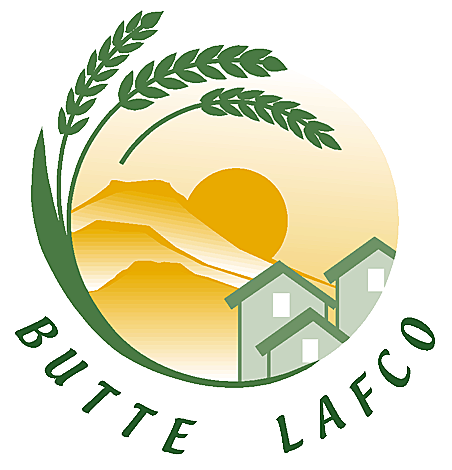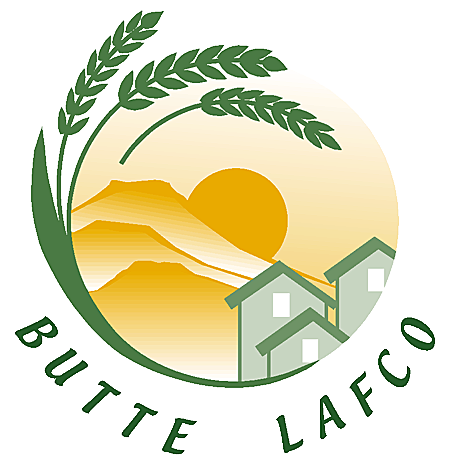FAQ’s
Municipal Service Reviews (MSR) were added to LAFCo's mandate with the passage of the CKH Act in 2000. A service review is a comprehensive study designed to better inform LAFCo, local agencies, and the community about the provision of municipal services. Service reviews attempt to capture and analyze information about the governance structures and efficiencies of service providers, and to identify opportunities for greater coordination and cooperation between providers. The service review is a prerequisite to a sphere of influence determination and may also lead a LAFCo to take other actions under its authority.
What is a Municipal
Service Review?
Who uses LAFCO?
Individual home owners requesting annexation to a sewer district due to a failing septic tank.
Developers seeking annexation to cities in order to obtain more favorable development and urban services extended to the new housing.
Cities wishing to annex pockets or "islands" of unincorporated land located within their borders in order to avoid duplication of services with the county.
Special Districts or cities seeking to consolidate two or more governmental agencies into one, thereby streamlining their services and reducing the cost to local taxpayers.
Can LAFCo impose conditions on projects?
LAFCo is empowered by State law to apply a broad range of "conditions" to proposals that it considers and approves. As indicated in Section 56886 of the Government Code, these include:
The payment of a determinable amount for the acquisition of existing property.
The levying or fixing and the collection of special or extraordinary taxes, assessments or service charges for payment for acquired property.
Disposition of responsibility for outstanding bonds or contractual obligations as well as the amount of responsibility.
The formation of new improvement district(s).
The annexation to or detachment from existing improvement district(s).
The incurring of liability or bonded indebtedness on behalf of the territory annexed or the Agency as a whole.
The issuance and sale of bonds.
The acquisition, improvement, disposition, sale, transfer, or division of property.
The fixing of use or right-of-use in any public improvement, facility, or property.
The disposition of any office, department, or board within the affected agency or agencies.
The disposition of employees affected by a proposal.
The designation of a successor agency to any agency extinguished by actions taken. Determination of the method for selection and the number of members for an agency formed or reorganized.
Determinations for the initiation, conduct, or completion of proceedings.
The fixing of the effective date for any change of organization.
The continuation or provision of any service provided or authorized by the Agency.
The levying of an assessment or the calling of an election to decide a special tax.
What factors does LAFCo consider when making a decision?
When LAFCo approves the annexation of territory to a city or special district there are specific factors which must be considered in the review of a proposal. These are specified in Section 56668 of the Government Code, and include, but are not limited to:
Land area and land use.
Topography, natural boundaries, and drainage basins.
Population, population density, and proximity to other populated areas.
The likelihood of significant growth in the area and in adjacent incorporated and unincorporated areas during the next ten years.
The effect of the proposed action and of alternate actions on adjacent areas, mutual social and economic interests, and the local governmental structure of the County.
The present cost and adequacy of governmental services and controls in the area.
Probable effects of the proposal and of alternatives on the cost and adequacy of services and controls in the area and adjacent areas.
Conformity with appropriate city or county general and specific plans.
The "sphere of influence" of any local agency which may be applicable to the proposal being reviewed.
Per capita assessed valuation.
The definiteness and certainty of the boundaries of the territory, the non-conformance of proposed boundaries with lines of assessment or ownership, the creation of islands or corridors of unincorporated territory and other similar matters affecting the proposed boundary.
The conformity of the proposal and its anticipated effects with adopted Commission policies on providing planned, orderly efficient patterns of urban development.
What are LAFCo’s responsibilities?
BOUNDARY CHANGES
LAFCo’s regulate, through approval or denial, the boundary changes proposed by other public agencies or individuals, such as annexations, detachments and incorporations.
SPHERE OF INFLUENCE STUDIES
A "Sphere of Influence" is the physical boundary and service area that a local governmental agency is expected to serve. Establishment of this boundary is necessary to determine which governmental agencies can provide services in the most efficient way to the people and property in any given area.
SPECIAL STUDIES
Through special studies, LAFCo encourages governments to evaluate their current operations and options for reorganization. Local agencies often overlap and have the potential of duplicating services. LAFCo’s conduct service studies and consolidation feasibility studies to present alternatives for improving services and reducing operational costs.
INITIATION OF SPECIAL DISTRICT CONSOLIDATIONS
As of July 1, 1994, LAFCo’s have the authority to initiate proposals that include the dissolution or consolidation of special districts, or the merging of an existing subsidiary district.
OUT OF AGENCY SERVICE AGREEMENTS
Cities and districts are required to obtain LAFCo’s approval prior to entering into contracts with private individuals or organizations to provide services outside of the agency's boundaries.
What are LAFCo’s objectives?
TO ENCOURAGE THE ORDERLY FORMATION OF LOCAL GOVERNMENTAL AGENCIES
LAFCo reviews proposals for the formation of new local governmental agencies and changes of organization in existing agencies. Agency boundaries are often unrelated to one another and sometimes overlap at random, often leading to higher service costs to the taxpayer and general confusion regarding service area boundaries. Butte LAFCo decisions strive to balance the competing needs in Butte County for affordable housing, economic opportunity, and conservation of natural resources.
TO PRESERVE AGRICULTURAL LAND RESOURCES
LAFCo must consider the effect that any proposal will produce on existing agricultural lands. By guiding development toward vacant urban land and away from agricultural preserves, LAFCO assists with the preservation of our valuable agricultural resources in Butte County.
TO DISCOURAGE URBAN SPRAWL
Urban sprawl can best be described as irregular and disorganized growth occurring without apparent design or plan. This pattern of development is characterized by the inefficient delivery of urban services (police, fire, water and sanitation) and the unnecessary loss of agricultural land. By discouraging sprawl, Butte LAFCO limits the misuse of land resources and promotes a more efficient system of local governmental agencies.
Why was LAFCo created?
The end of World War II saw California experiencing a tremendous population increase, which resulted in the sporadic formation of cities and special service districts. The results of this development boom became evident as more of California's agricultural land was converted to urban uses. Premature and unplanned development created inefficient, expensive systems of delivering public services using various small units of local government. The State Legislature reacted to this pressing problem in 1963 by creating a Local Agency Formation Commission, or "LAFCo" operating in each California county.
What is LAFCo?
LAFCo is an acronym for Local Agency Formation Commission. It is a regulatory agency with county-wide jurisdiction, established by state law to discourage urban sprawl and to encourage orderly and efficient provision of services, such as water, sewer, fire protection, etc. LAFCo operations are governed by the Cortese-Knox-Hertzberg Local Government Reorganization Act of 2000.


